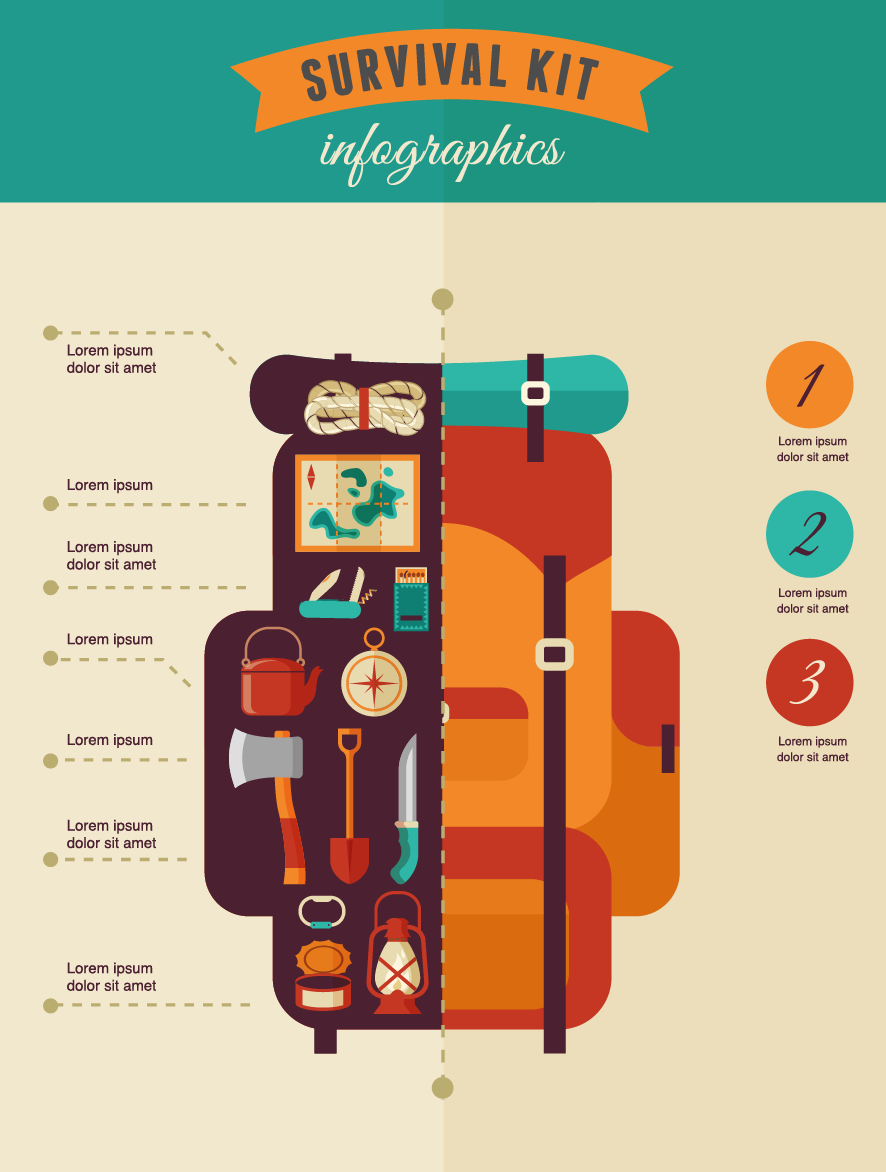How Stove Jacks Changed Cold Weather Camping Forever
Winter Months Outdoor Camping - Individual Line Anchors in SnowWinter outdoor camping is an enjoyable and daring experience, yet it calls for correct equipment to guarantee you remain warm. You'll need a close-fitting base layer to trap your body heat, along with an insulating jacket and a waterproof covering.
You'll likewise require snow risks (or deadman anchors) buried in the snow. These can be linked making use of Bob's smart knot or a routine taut-line drawback.
Pitch Your Outdoor tents
Winter season outdoor camping can be an enjoyable and adventurous experience. Nevertheless, it is necessary to have the proper gear and understand exactly how to pitch your outdoor tents in snow. This will certainly prevent chilly injuries like frostbite and hypothermia. It is likewise vital to consume well and stay hydrated.
When setting up camp, ensure to choose a website that is protected from the wind and devoid of avalanche danger. It is also a good idea to pack down the location around your outdoor tents, as this will certainly help in reducing sinking from temperature.
Before you set up your tent, dig pits with the same size as each of the anchor points (groundsheet rings and person lines) in the facility of the outdoor tents. Load these pits with sand, rocks or even stuff sacks filled with snow to compact and secure the ground. You may likewise wish to think about a dead-man support, which includes connecting camping tent lines to sticks of timber that are hidden in the snow.
Load Down the Location Around Your Camping tent
Although not a requirement in a lot of locations, snow risks (likewise called deadman anchors) are an exceptional enhancement to your camping tent pitching set when camping in deep or compressed snow. They are primarily sticks that are designed to be hidden in the snow, where they will certainly ice up and develop a solid support point. For finest results, use a clover hitch knot on the top of the stick and bury it in a few inches of snow or sand.
Set Up Your Tent
If you're camping in snow, it is an excellent concept to make use of an outdoor tents made for winter months backpacking. 3-season outdoors tents function great if you are making camp below timberline and not expecting especially harsh weather, but 4-season outdoors tents have tougher posts and materials and provide more defense from wind and hefty snowfall.
Be sure to bring appropriate insulation for your sleeping bag and a cozy, dry blow up mat to sleep on. Inflatable floor coverings are much warmer than foam and assistance protect against chilly places in your camping tent. You can additionally add an added mat for resting or cooking.
It's additionally a good concept to establish your camping tent near a natural wind block, such as a team of trees. This will make your camp a lot more comfortable. If you can't locate a windbreak, you can create your very own by digging holes and hiding objects, such as rocks, tent risks, or "dead man" anchors (old camping tent guy lines) with a shovel.
Tie Down Your Outdoor tents
Snow stakes aren't needed if you use the ideal techniques to anchor your camping tent. Buried sticks (perhaps accumulated on your approach walking) and ski posts work well, as does some version of a "deadman" hidden in the snow. (The idea is to produce a support that is so solid you won't be compass able to draw it up, even with a lot of initiative.) Some suppliers make specialized dead-man anchors, however I favor the simplicity of a taut-line hitch connected to a stick and afterwards buried in the snow.
Know the surface around your camp, particularly if there is avalanche danger. A branch that falls on your outdoor tents could harm it or, at worst, wound you. Also watch out for pitching your outdoor tents on a slope, which can trap wind and cause collapse. A protected area with a low ridge or hillside is far better than a high gully.
